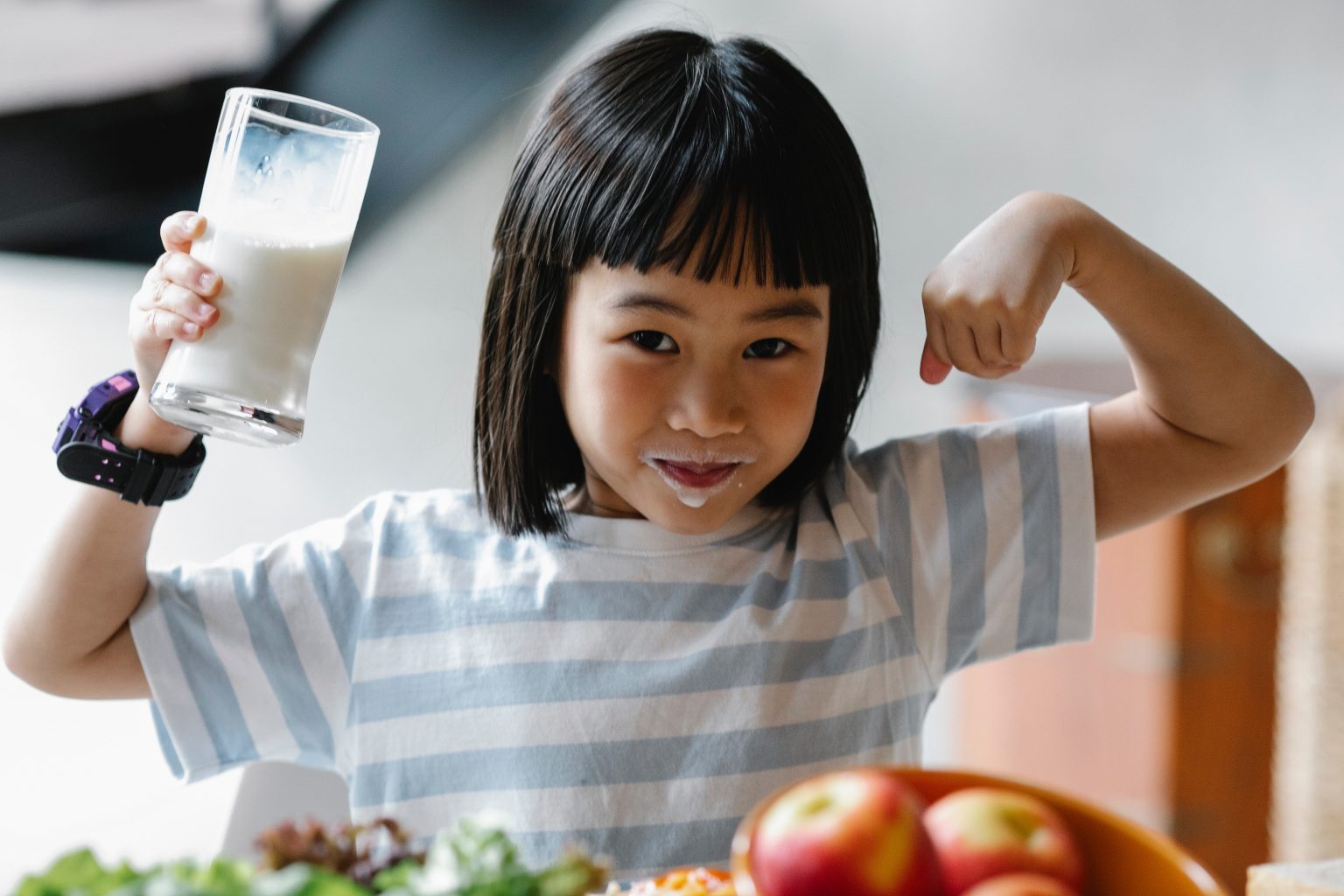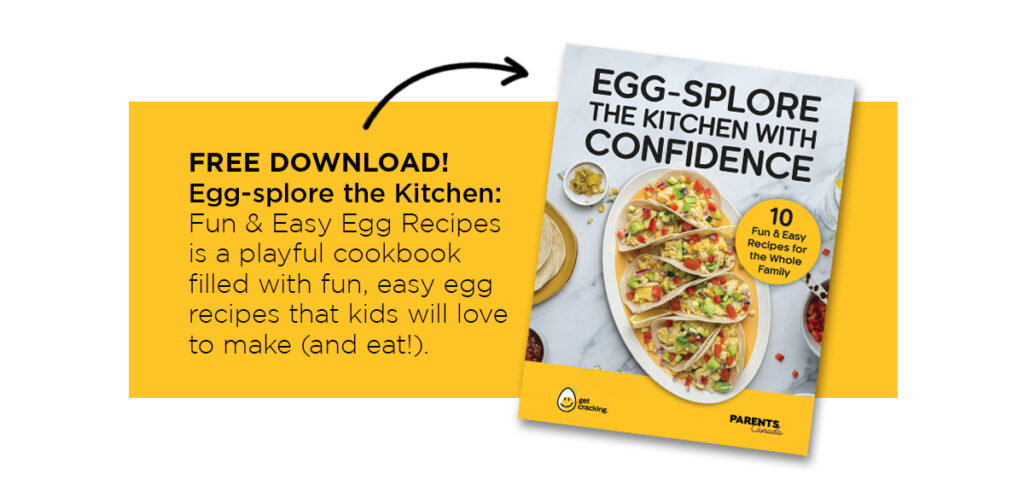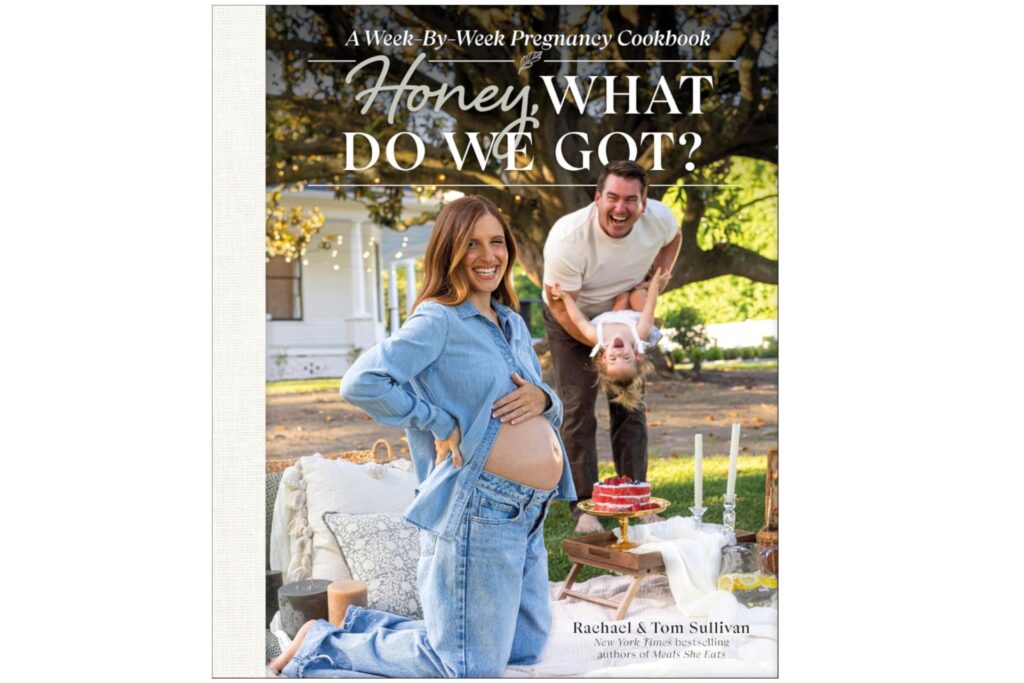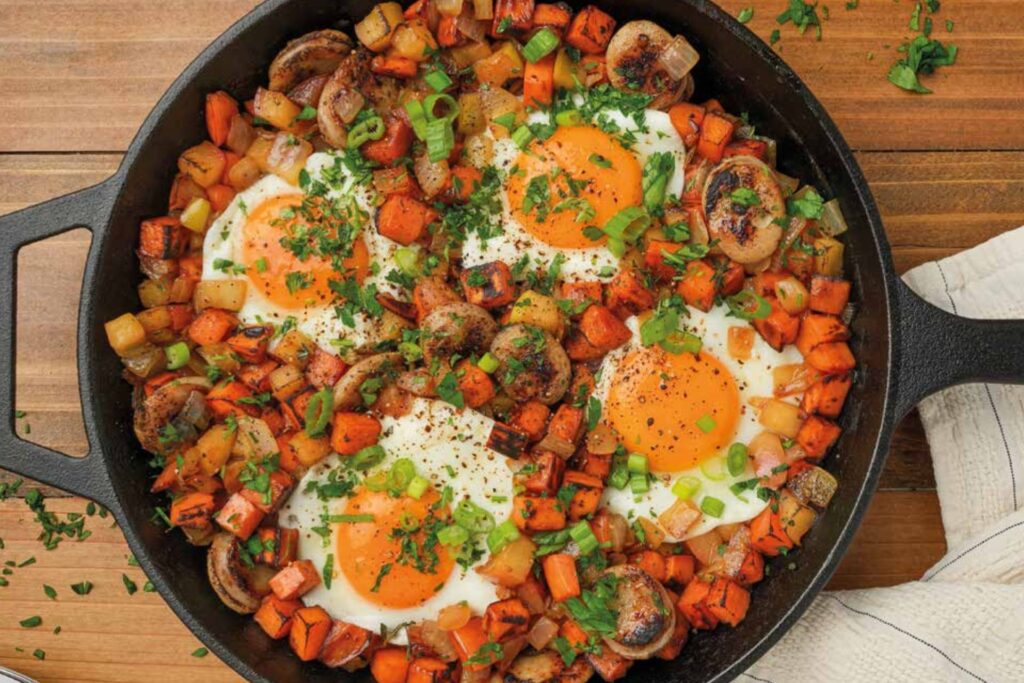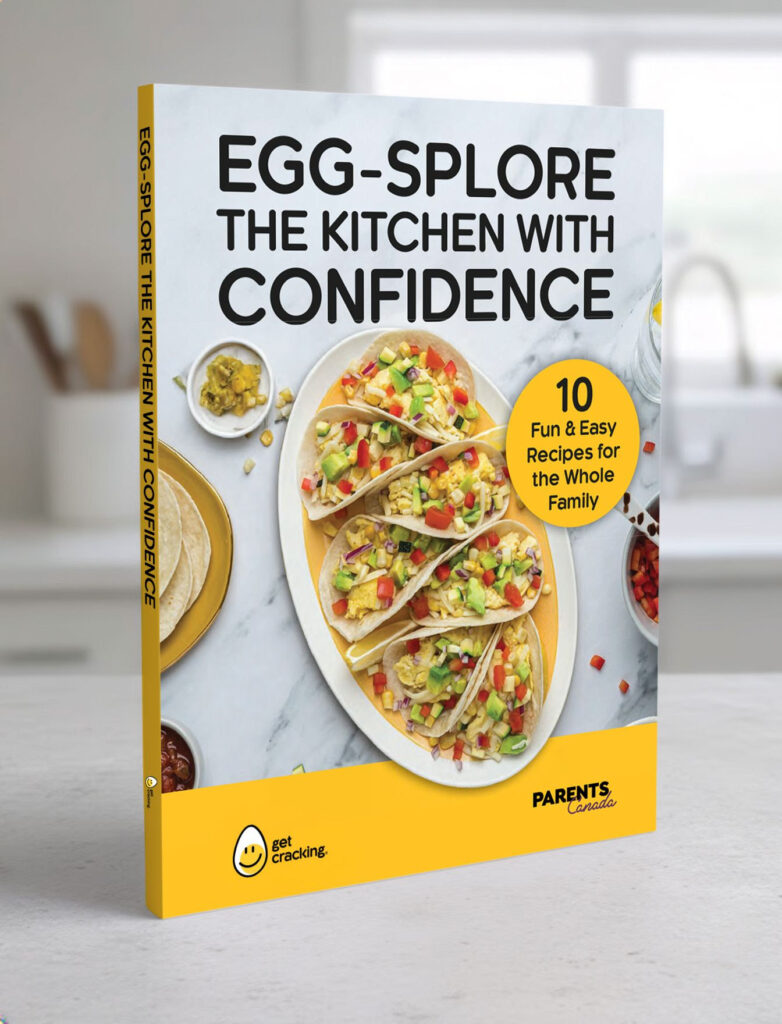From the pages of the Baby & Child Care Encyclopedia: Chapter 5, Family Nutrition
Experts agree that getting the nutrients your body needs from your diet, rather than supplements, is best for absorption. Eating a diverse diet will go a long way to making sure you and your family are getting what everyone needs. Read on for a list of specific vitamins and minerals and the food items you can incorporate to make sure your diet is coming through for you.
Calcium- Plain yogurt
- Cheese
- Milk
- Fish and seafood with bones
- Collard greens
- Potatoes
- Beans
- Tomatoes and tomato-based foods
- Yogurt
- Bananas
- Peaches
- Cantaloupe
- Honeydew melon
- Fish
- Pumpkin
- Spinach
- Artichokes
- Beans
- Tofu
- Nuts
- Sweet potatoes
- Pumpkin
- Carrots
- Spinach
- Turnip greens
- Cantaloupe
- Guava
- Oranges
- Kiwi
- Strawberries
- Cantaloupe
- Papaya
- Pineapple
- Mango
- Red and green peppers
- Brussels sprouts
- Sweet potatoes
- Cauliflower
- Tomatoes and tomato-based foods
- Nuts and seeds
- Turnip greens
- Peanut butter
- Spinach
- Avocado
- Lean beef
- Chicken
- Turkey
- Pork
- Liver
- Lamb
- Tofu
- Lentils
- Beans
- Whole grain and enriched bread
EAT-MORE-VEGGIES TIP Consider growing a small container or patio garden. It’s a good way to get kids interested in food. If they planted the food and watched it grow, they’re more likely to want to try it.
Considering plant-based
A plant-forward diet is about including more plant-based foods in your everyday eating. While vegetarians (those who consume dairy products and/or eggs) or vegans (those who eat no animal products at all) would be included in this eating style, plant-forward eating doesn’t mean you need to shun meat entirely. It’s about filling your plate with more whole plant foods like whole grains, fruits, veggies, pulses, nuts and seeds. These all offer an array of health benefits as they’re packed with a wide assortment of much-needed nutrients. They also provide an arsenal of weapons against ailments such as high blood pressure and type 2 diabetes, both of which are now affecting younger age groups—even some older children. Fibre, potassium and various phytochemicals are just a few disease-fighters found in these foods. Vegetarian and vegan diets can be low in some essential nutrients, like iron and vitamin B12. Ask your doctor for a referral to a dietitian to make sure you’re covering all the bases for your growing kiddos.Addressing iron deficiency
Many people—both kids and adults—don’t get enough iron in their diets, which can lead to a number of unhappy health concerns (everything from extreme fatigue and weakness, to chest pain or heart palpitations in severe cases). The body absorbs two to three times more iron from animal sources, like lean beef, chicken and turkey, but plant sources like beans and lentils can also help. Children from six months on are often at risk for iron deficiency (which is why parents are advised to start the introduction of solid foods with iron-rich options); this is such a concern that a recent study from the Food Safety Authority of Ireland recommends 30 grams of lean red meat three times a week for children ages one through five. Check out our list of iron-rich foods when you’re thinking through your meals for the week, to ensure your brood is getting what they need. There are also foods that block iron absorption, like milk and other high-calcium sources, as well as certain plant-based sources. Consider having these between meals for optimal iron absorption. Introduce nourishing meals at the family table at six months of age to help develop healthy eating habits for life. Visit thinkbeef.ca to learn more.
Click HERE to get your FREE copy of the Baby & Child Care Encyclopedia by Parents Canada, courtesy of ThinkBeef.ca. This chapter has been made possible with the help and contribution of Canada Beef.
Introduce nourishing meals at the family table at six months of age to help develop healthy eating habits for life. Visit thinkbeef.ca to learn more.
Click HERE to get your FREE copy of the Baby & Child Care Encyclopedia by Parents Canada, courtesy of ThinkBeef.ca. This chapter has been made possible with the help and contribution of Canada Beef.
Read more from the Baby & Child Care Encyclopedia.

-
-
- Prenatal 101
- Breastfeeding and the First Three Months
- Starting Solids and the Toddler Years
- An Age-by-Age Guide to Sleep
- Family Nutrition
- Kids and Mental Health
- When Your Child is Sick
- Safety and First Aid
- Milestones, Checklists and Charts
-


